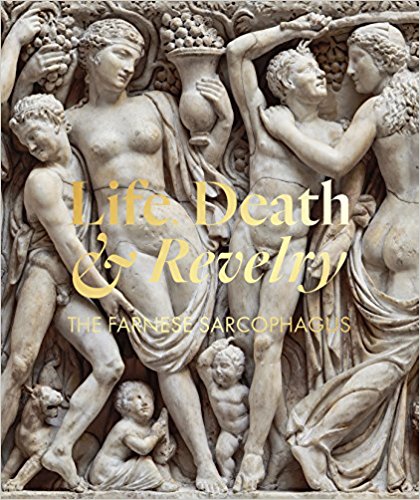- Shop
-
Makers
- Anatoli Jewelry
- Awe-Inspired
- Bonita Fierce Candles
- Carla Fernández
- Danny's Fine Porcelain
- Elmwood Inn Fine Teas
- Fable England
- February Mountain
- Floral Elixir Co.
- Les Anis de Flavigny Mints
- Maileg
- Michael Michaud
- Narrative Material
- St. Nicolas Ornaments
- Santa Maria Novella
- The Global Trunk
- Two Friends Chocolate
- We Dream in Colour
- Wolf & Moon Jewelry
- Custom Prints
-
Shop
▾
- New Additions
- eGift Card
- Raqib Shaw: Ballads
- of East and West
- Seasonal Collection
- Museum Made
- From the Desk of...
- Gardner Style
- Isabella Said
- ISGM at Home
- Magnets & Mugs
- Nasturtiums
- The Courtyard
- Accessories
- Apothecary
- Books
- Art Books
- Diversity & Inclusion
- Classic Literature
- Museum Publications
- Poetry
- Young Readers
-
Makers
▾
- Anatoli Jewelry
- Awe-Inspired
- Bonita Fierce Candles
- Carla Fernández
- Danny's Fine Porcelain
- Elmwood Inn Fine Teas
- Fable England
- February Mountain
- Floral Elixir Co.
- Les Anis de Flavigny Mints
- Maileg
- Michael Michaud
- Narrative Material
- St. Nicolas Ornaments
- Santa Maria Novella
- The Global Trunk
- Two Friends Chocolate
- We Dream in Colour
- Wolf & Moon Jewelry
- Custom Prints
- Cart
Home
/
Museum Publications
/
Life, Death & Revelry: The Farnese Sarcophagus
Life, Death & Revelry: The Farnese Sarcophagus
$21.95
In terms of antiquarian fame, the Farnese Sarcophagus – elaborately carved with satyrs and maenads gathering grapes – may be the most important work of art in the Gardner collection, and perhaps of its type in America. A large, rectangular coffin of Pentelic marble, the Farnese Sarcophagus was exported from Athens to the area of Rome in the late Severan period, between c. 222 and 235 AD. The carving of the satyrs and maenads was especially suited to the artistic tastes of Mannerist and Baroque Rome, providing one of the most elegant examples of Greek imperial optic elongation to have survived from ancient times.
Life, Death & Revelry will offer a multi-disciplinary, multi-era look at this important monument. Published to accompany an exhibition at the Isabella Stewart Gardner Museum, Boston, it will bring together archaeological analyses of the piece and its previous restorations, and numerous Renaissance prints and drawings depicting the sarcophagus during its time in Rome.
Dr. Christina Nielsen, previous William and Lia Poorvu Curator of the Collection at the Isabella Stewart Gardner Museum (2014-2018)
250 pages
Published by Paul Holberton Publishing, 2018
Paperback
9.4 x 11 inches
Life, Death & Revelry will offer a multi-disciplinary, multi-era look at this important monument. Published to accompany an exhibition at the Isabella Stewart Gardner Museum, Boston, it will bring together archaeological analyses of the piece and its previous restorations, and numerous Renaissance prints and drawings depicting the sarcophagus during its time in Rome.
Dr. Christina Nielsen, previous William and Lia Poorvu Curator of the Collection at the Isabella Stewart Gardner Museum (2014-2018)
250 pages
Published by Paul Holberton Publishing, 2018
Paperback
9.4 x 11 inches
Share:
CONCIERGE
Contact
Phone: 617-278-5122
Email: gift@isgm.org
Monday 11 am–5 pm
Tuesday Closed
Wednesday 11 am–5 pm
Thursday 11 am–9 pm
Friday 11 am–5 pm
Saturday 10 am–5 pm
Sunday 10 am–5 pm
BECOME A MEMBER AND SAVE!
SIGN OUR GUESTBOOK
Enter your e-mail address below to stay informed about new products and promotions.
© 2024 Gift at the Gardner.


